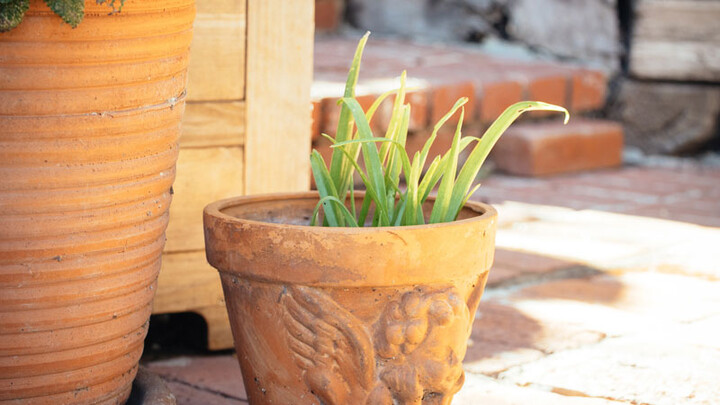
Did you know your plants can actually get a sunburn? The burnt foliage becomes tan or white, making the plants more susceptible to pests and diseases. Since the sun is harshest from midday to early afternoon, the best course of action is to provide shade for your plants during this period.
There are several ways to accomplish this:
·Put heat-sensitive plants in garden beds that receive afternoon shade from structures like a house, a shed, or a tall fence.
·Plant in garden beds that receive dappled afternoon light, such as those near trees or pergolas.
·Erect a shade sail, tarp, or other cover (fully opaque, semi-transparent, or mesh, depending on your needs) over your plants. In a pinch, even a lightweight bed sheet will work.
·Plant shorter, heat-sensitive crops like salad greens in the shade of taller, heat-loving crops like climbing squash, pole beans, corn, and okra. As the sun moves across the sky, the taller plants should cast cooling shadows over the shorter plants.
·If plants are in containers, move them under a covered porch or into a shaded area in the afternoon.